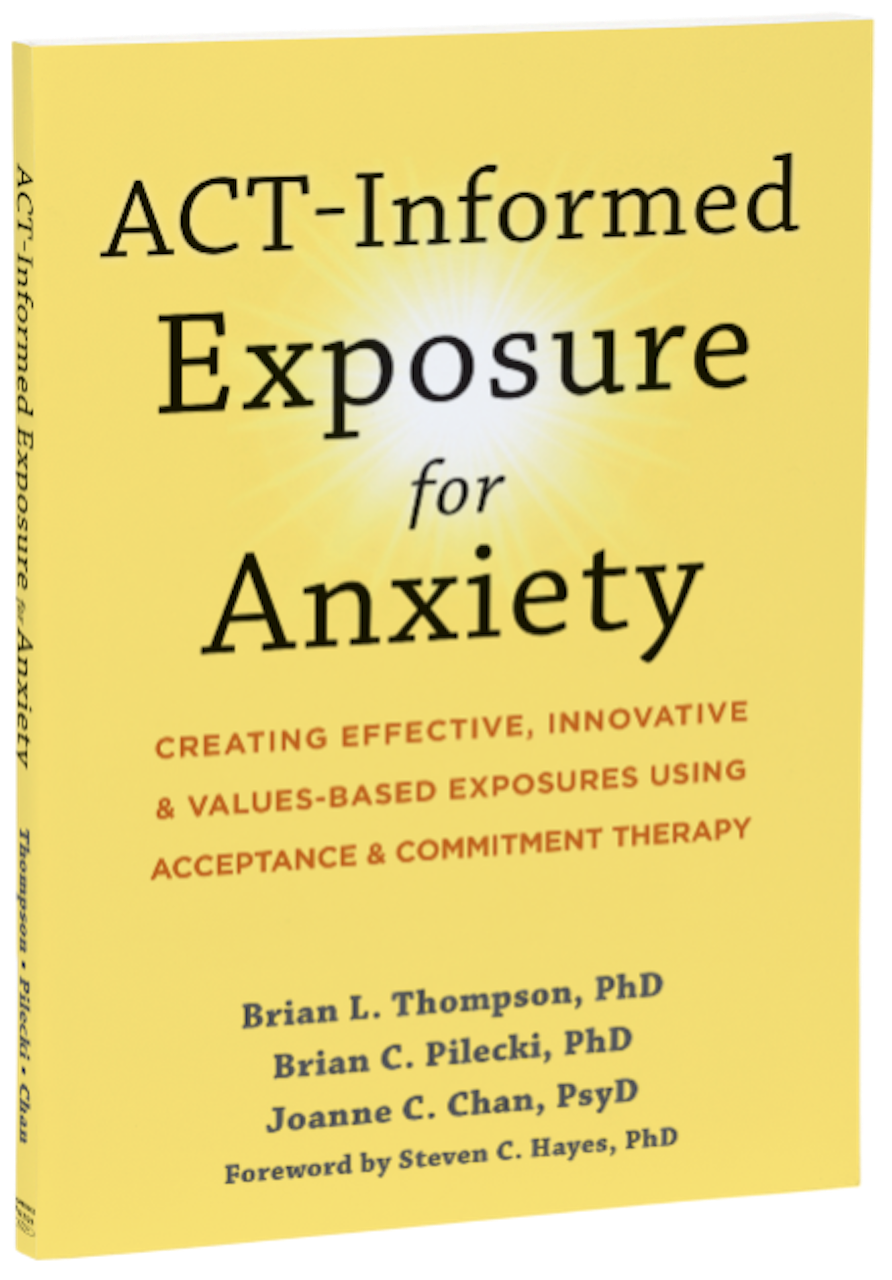Why I Love Doing Exposure Therapy
Apr 03, 2023
When I started out to be a therapist, I imagined that I would be mostly sitting in a comfortable padded chair talking with clients about their problems, offering advice and solutions where I could, and listening to difficulties with compassion and understanding. In my first year of grad school, I had a professor who specialized in anxiety disorders and talked about a treatment called exposure therapy. I learned that therapy could feel like an adventure, such as by taking clients into public restrooms or getting inside a car with them. Sessions didn’t have to involve just talking, but also doing weird things like hyperventilating in a paper bag, watching videos of people puking, or imagining our deaths in gruesome detail. I was fascinated and hooked pretty much immediately and got really excited about making anxiety a specialty area.
Exposure wasn’t new to me. As someone who struggles with anxiety, I received treatment when I was in elementary school for some paralyzing fears that were interfering with my ability to go to school and play with friends. Though I didn’t know it was called exposure at the time, my therapist developed a plan that helped me, step by step, face my fears and develop a sense of trust and confidence in my ability to do scary things. While I do feel as if my own struggles with anxiety have been helpful in putting myself into my clients’ shoes, I also think that we all have enough experience of anxiety to be a good exposure therapist and relate to client experiences. You can read more about my own experiences with exposure in Ch. 2 of our new book, ACT-informed Exposure for Anxiety.
The world could use a few more exposure therapists. They tend to be in high demand and yet are scarce in many areas! If you haven’t been trained in exposure, consider spending some time to invest in this treatment. To help encourage you, here are some reasons why I love doing this work and continue to make it part of my clinical practice. If you are an exposure therapist already, I hope you find these reasons remind you of the rewards in working in this area.
It works. Most clients who come to session and do the homework benefit in some way from exposure treatment. Many clients make huge gains in reducing patterns of avoidance and building confidence that they can do scary things. It’s amazing to watch the joy and relief in people who accomplish something that they never thought was possible. It can be very inspirational and exciting work!
It's not just talking. I am a verbal processer and can talk for hours, but even I sometimes like a break. The structure of exposure therapy offers the possibility of doing things, not just talking about them. Many exposures are done out of the office. With Zoom sessions, clients can now have therapy in all kinds of places. I’ve done sessions with clients in the middle of the woods (to face fear of panic), driving over bridges (don’t worry, cameras are off), and in their bathrooms touching dirty surfaces (always an interesting experience!)
It's creative. Every client is different, and that is also the case with anxiety. I love the creative task of listening for all the ways in which a client’s fears get in the way of their lives and then co-creating a plan of solution-focused tasks to help them get unstuck. The more you do exposure, the more ideas you get. When I was in grad school, I’d also be impressed by the way experienced therapist could rifle off a list of ideas for a client whom I thought- there is no way you can construct an exposure for this!
It's challenging. Like all therapy, sometime it goes well, sometimes it goes ok, and sometimes it goes haywire. I enjoy when clients bring in challenges with exposure. For example, clients who are “doing their homework” but don’t seem to be getting better. Or a client who has a successful exposure one session and next week reports being back to square one. Usually, when you pay close attention, gather more information, and refer back to theory underlying exposure, these challenges make sense. There is something satisfying- for both therapists and clients- when we problem-solve some obstacle that seemed unsurpassable, as if there were some kind of magic happening. It’s the same look I give my mechanic whenever they change my oil- how did you do that?
There is community. There is a community of exposure therapists that is really fantastic. Many of us try to walk the walk and live our lives in a way that keeps exposure principles fresh and at the surface. We push ourselves and each other to face our fears and do hard things. And it isn’t hard to find a peer who will gladly lend a helping hand in creating exposure ideas or problem-solve a challenge.
I hope these benefits have piqued your interest in exposure therapy or reconnected you with your values as an exposure therapist. I’m happy to have you as part of the therapeutic community!
Author: Brian Pilecki, PhD
ACT-informed Exposure Therapy is out May 1, 2023. Click here to pre-order!
If you liked this post, check out Dr. Pilecki's workshop on ACT-Informed Exposure this April: A Practical Guide to Applying ACT-informed Exposure
Learn more about our live, virtual, and accredited courses from the best minds in evidence-based therapy and Acceptance & Commitment Therapy (ACT), brought to you by Portland Psychotherapy Training.
Join our mailing list!
Subscribe and get curated research reports, essays, and special course offers – right to your inbox.
We hate SPAM. We will never sell your information, for any reason.


